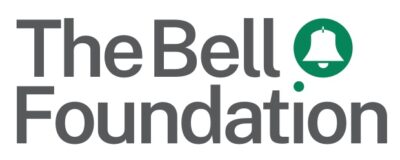There is currently a great deal of interest in the future of the early years sector. This is clearly a priority as early experiences shape later life chances. However, little attention has been paid in these discussions to children in this age group who speak English as an Additional Language (EAL). Many of these children face the challenge of adjusting to early years settings and schools while also learning English. Although reports suggest that the gap between EAL learners and their monolingual peers closes over time, evidence suggests that for some children a performance gap remains, particularly for children with low levels of English language proficiency. Teachers we’ve spoken to as part of our research are also worried about this, stating that they had significant concerns about children learning EAL, as well as children from deprived backgrounds and children with special educational needs (SEN).
In our own research, we looked at the Early Years Foundation Stage Profile (EYFSP) of children learning EAL in the year following the first national lockdown and compared this to their monolingual peers as well as to a pre-pandemic national sample. While non-mandatory in the academic year 2020/21, our schools were still carrying out the EYFSP and shared data for over 3000 children. Our results suggested that children learning EAL were significantly impacted by COVID-19.
- 61.5% of children learning EAL achieved at least expected levels in Communication and Language compared to 76.5% of their monolingual peers.
- 53.7% of children learning EAL achieved expected levels in Literacy compared to 63.9% of their monolingual peers.
- 50.9% of children learning EAL in our sample achieved a good level of development compared to 61% of their monolingual peers.
- 50.9% of children learning EAL achieved a good level of development in the year 2020/21, compared to 67% in the national cohort 2018/19.

